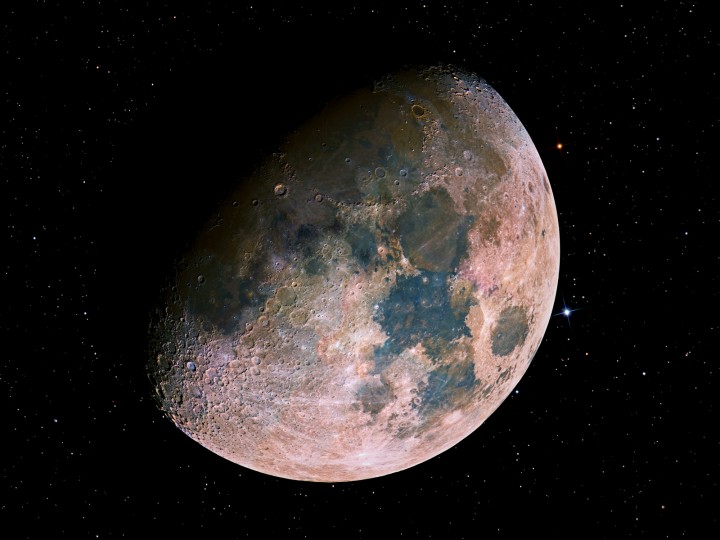APOD 6

I think this is an amazing picture. I saw it on digg.com for the first time a few days ago. This picture, taken from the Cassini spacecraft orbiting Saturn, shows Saturn eclipsing the sun a a brilliant display. Both the nightime and daytime parts of the gas giant are visible, as are its rings.The picture itself, like the picture of moon from a few weeks ago, is color enhanced. The original photo can be seen here. The image itself is made from stitching together 165 photos taken by Cassini's wide-angle camera. Cassini was about 2.2 million miles away from the planet when it took the pictures. Also visible in the picture is the planet earth, a miniscule blue point just left of the main rings. Saturn's E-ring is also visible, created by the ice fountains from Encaladus, a moon.
The Cassini-Huygens Spacecraft is a joint venture of NASA, the European Space Agency, and the Italian Space Agency that reached Saturn in 2004.



